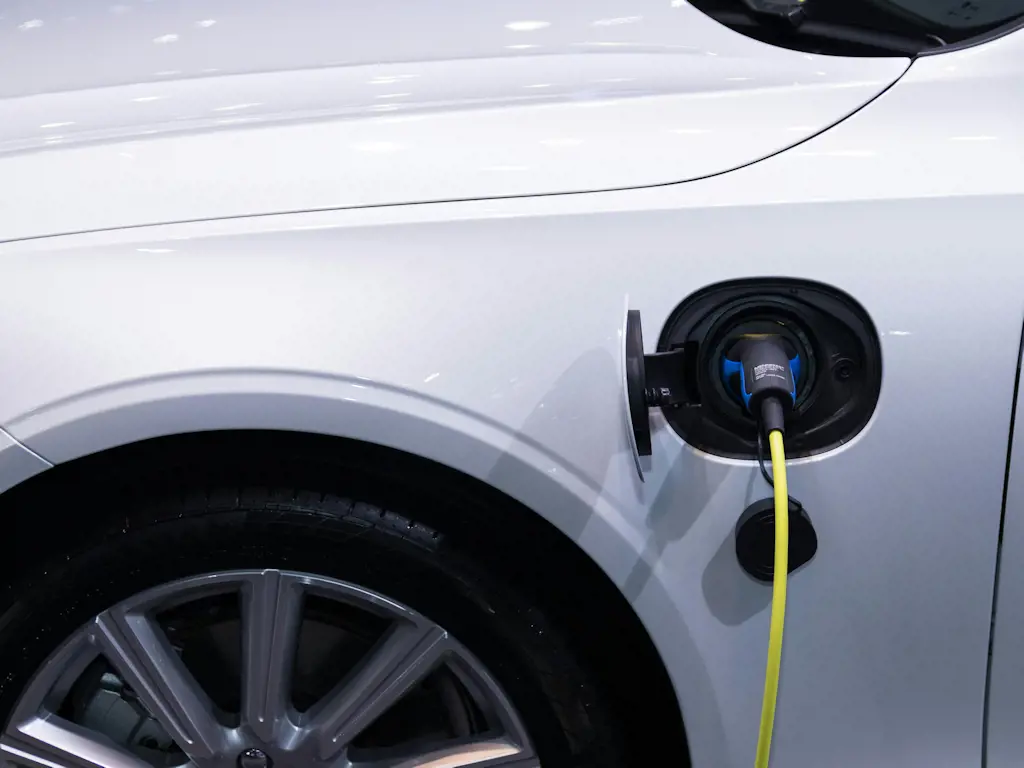
Electrifying Futures: Navigating the Highs and Lows of the 2024 EV Market
The electric vehicle (EV) landscape of 2024 encapsulates a narrative of resilience and innovation amid market fluctuations and evolving consumer expectations. For start-ups and seasoned players in the global automotive sphere, this period signifies a crucial pivot point – one marked by both formidable challenges and the allure of untapped opportunities.
Challenges and Strategic Shifts Amidst the Market Dynamics
The downturn in fortunes for EV pioneers such as Rivian and Lucid underscores a broader sentiment of caution permeating the sector. This, coupled with the strategic recalibration by stalwarts like Mercedes-Benz and Ford, signals a period of introspection and realignment across the board.
Amidst these adjustments, the message is clear: innovation is non-negotiable. Tesla's valuation swings and the strategic redirection by GM and Ford in response to revised growth expectations reflect a market in transition, grappling with core issues like charging infrastructure and battery reliability in challenging conditions.
Prospects for Growth and Market Adaptation
Despite the current challenges, the future of EVs is painted in optimistic hues by forecasts from S&P Global Mobility and Canalys, projecting a significant uptick in global EV sales. This growth is predicated on overcoming key consumer reservations through enhancements in the EV user experience, particularly around charging infrastructure and service integration.
The push towards affordable mass-market EVs, without compromising on range or reliability, remains central to bridging the current adoption gap. This strategy aligns with the broader aim of transitioning from early adoption to mainstream acceptance.
The Broader Energy Context and Future Mobility Solutions
Looking beyond the immediate horizon, the long-term future of mobility is poised to embrace a spectrum of energy solutions, beyond the confines of electric vehicles alone. Hydrogen fuel cells, particularly in commercial and heavy-duty vehicles, and synthetic fuels, emerge as complementary pathways in the quest for sustainable mobility.
This diversified energy approach reflects a pragmatic acknowledgment of the complexities inherent in the global transition to greener transportation. EVs, whilst central to this transition, represent a piece of the broader puzzle, not the entirety of the solution.
In this nuanced landscape, the role of start-ups becomes even more critical. The capacity to innovate, adapt, and pivot in response to emerging trends and technologies will define the success stories of the next decade. As the industry evolves, so too must the strategies and business models of those seeking to lead the charge towards sustainable mobility.
Conclusion: A Balanced Bet on the Future
The path forward for start-ups and incumbents alike is marked by a balanced approach – one that embraces the potential of EVs whilst also recognising the value of alternative energy sources like hydrogen and synthetic fuels. In acknowledging the multifaceted nature of the challenge at hand, the industry can better position itself for a future where sustainability, efficiency, and consumer preference converge.
As we navigate the complexities of the 2024 EV market and beyond, the emphasis on innovation, strategic flexibility, and diversified energy solutions will be paramount. The journey towards sustainable mobility is a collective endeavour, requiring collaboration, courage, and an open-minded approach to the myriad possibilities the future holds.
In the grand scheme of things, the automotive industry's transition to greener alternatives is a testament to human ingenuity and determination. Whilst we may not bet the entire farm on EVs alone, their role in shaping the future of transportation is undeniable, as is the potential for other emerging technologies to complement this vision. Together, these elements will forge a more sustainable, efficient, and diverse mobility landscape for generations to come.
Have a great week.
